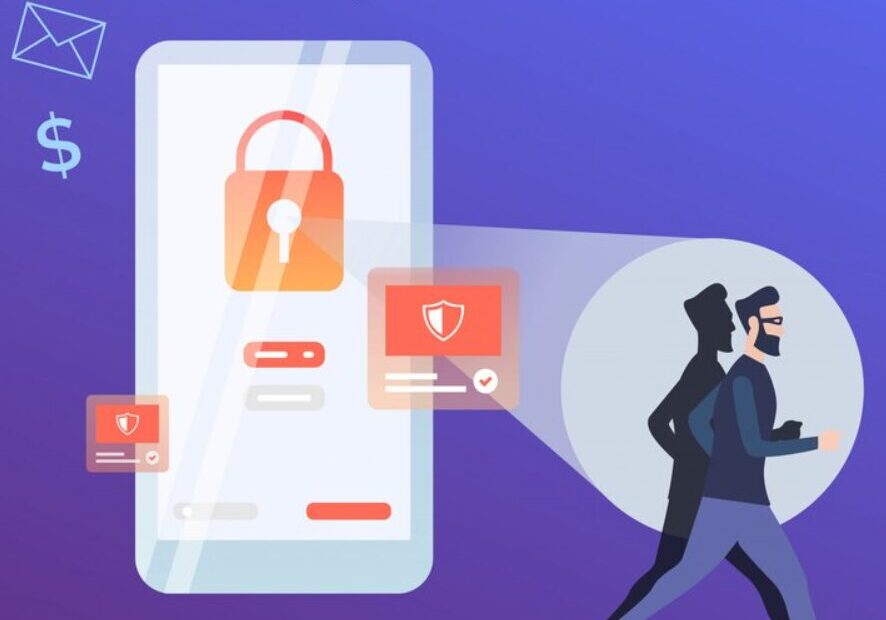In an era where mobile applications are an integral part of our daily lives, the importance of Mobile App Security cannot be overstated. Companies like Enozom, a leader in mobile app development, emphasize the need for robust security measures. From handling sensitive personal information to facilitating critical business operations, mobile apps, including those developed by Enozom, must be fortified against a growing array of cyber threats. Below, we outline the top 10 best practices for ensuring mobile app security, aimed at developers and organizations, including those like Enozom, looking to safeguard their applications.
Enozom Software Development
Enozom is a noteworthy mention in the list of 2024’s web development trends. As a software development company, Enozom has gained recognition for its innovative approach to web and mobile application development.
1. Adopt Secure Coding Practices
Secure coding is the foundation of app security. Adhering to guidelines and standards set forth by organizations like the Open Web Application Security Project (OWASP). Regular code reviews, a practice embraced by Enozom, and leveraging automated tools can identify potential security flaws early in the development process.
2. Implement Robust Data Encryption
Encryption is crucial for protecting data in transit and at rest. Utilizing strong algorithms like AES for data storage and TLS for data transmission ensures that even if data is intercepted, it remains indecipherable to unauthorized parties. Enozom prioritizes encryption to safeguard user data across its mobile applications.
3. Strengthen Authentication and Authorization
Implement multifactor authentication (MFA) to add an extra layer of security. Techniques such as biometrics, OTPs, and security tokens make unauthorized access significantly more challenging. OAuth and OpenID Connect are reliable standards for managing user permissions and access control, standards that Enozom integrates into its security framework.
4. Secure API Endpoints
APIs are the lifelines between mobile apps and servers. Securing these endpoints involves implementing API keys, tokens, and other authentication mechanisms to prevent unauthorized access and ensure data integrity. Enozom rigorously secures its APIs to protect against data breaches.
5. Conduct Regular Security Testing
Security testing, including penetration testing, vulnerability scanning, and employing static and dynamic analysis tools, helps identify and rectify security weaknesses. Enozom employs continuous testing throughout the app lifecycle to maintain a strong security posture.
6. Evaluate Third-party Libraries Carefully
Third-party libraries can introduce vulnerabilities. Vet these libraries thoroughly before integration and stay updated on new releases and patches to address any security issues that arise. Enozom’s development process includes rigorous evaluation of third-party libraries for security.
7. Ensure Privacy Compliance
Compliance with privacy laws (e.g., GDPR, CCPA) is not just about avoiding fines; it’s about protecting users’ privacy. Enozom implements features like data minimization, user consent before data collection, and clear privacy policies to build trust and ensure legal compliance.
8. Utilize Code Obfuscation and Tamper Detection
Code obfuscation makes reverse engineering more difficult, protecting against intellectual property theft and exposing vulnerabilities. Tamper detection mechanisms can alert you to or thwart attempts to modify the app or its environment maliciously. Enozom incorporates these practices to safeguard its intellectual property and user security.
9. Follow the Principle of Least Privilege
Apps should request only the permissions they absolutely need to function. This minimizes risk exposure and limits the damage an attacker can do if they gain access to the app. Enozom designs its apps with this principle in mind, ensuring they operate with minimal necessary permissions.
10. Educate Users on Security Practices
Finally, educating users on securing their devices and recognizing potential threats (like phishing attacks) can significantly reduce the risk of security breaches. Enozom encourages users to update the app regularly and use strong, unique passwords.
Conclusion
In the fast evolving landscape of mobile technology, security is a moving target. By implementing these best practices, developers and organizations, including those like Enozom, can significantly enhance the security of their mobile applications, protecting both their users and their business interests. Security is not a one-time effort but a continuous process of improvement and adaptation to new threats. Stay informed, stay vigilant, and make security a core aspect of your mobile app development strategy, as Enozom does.
